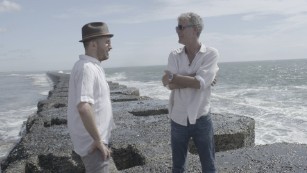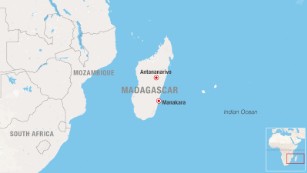
The Wilds of Madagascar
(CNN)Despite being the fourth largest island in the world, the island of Madagascar appears to be off the radar for many tourists seeking a wildlife adventure.
Like a shy orphan, it has been sitting in the Indian Ocean, off the coast of Africa for more than 100 million years. That’s a long time to be an incubator for new species of plants and animals, and the slow-cooking of evolution created recipes beyond our wildest dreams.
Wheels down in Madagascar
Down below, one gets caught up in the traffic. Brightly painted rickshaws (pousse-pousse), Zebu-pulled carts (Zebus are an ancient breed of humped cattle) with wooden wagon wheels, bicycles, motorbikes, shiny 4×4 Land Cruisers, blue Mazda minivans and thousands of brisk walkers all compete for a piece of the road.

Most shops have brightly colored fruits and vegetables neatly stacked: mangoes, onions, potatoes, peas, apples, strawberries, carrots, cabbages are on display alongside broad, shallow baskets of red, white and long-grained brown rice. The butchers hang legs of zebu and strings of sausages in the shop front, while live chickens squawk in rattan cages inside. …



